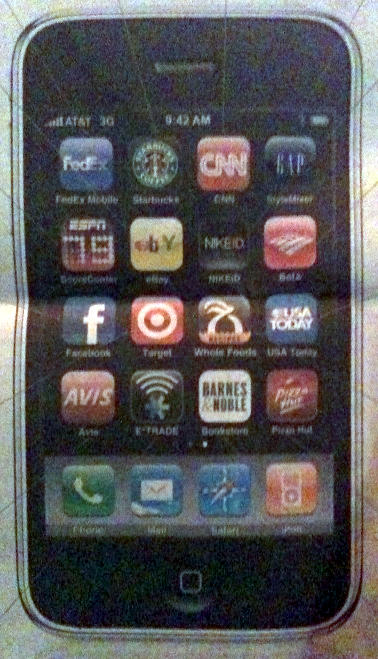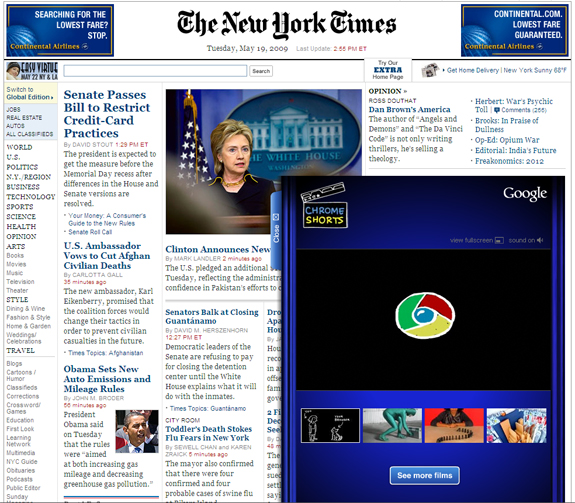Today's New York Times had a great, thorough piece profiling New York's active and growing tech scene: "New York Isn’t Silicon Valley. That’s Why They Like It."
 The article describes various signs of activity:
- events: New York Tech Meet Up
- companies: Foursquare, Vimeo, Hot Potato
- investors: Polaris Ventures, NYC Seed, Union Square
- universities (as hubs of entrepreneurship): Columbia, NYU
- and inclubators: featuring Dogpatch Labs New York
The article describes various signs of activity:
- events: New York Tech Meet Up
- companies: Foursquare, Vimeo, Hot Potato
- investors: Polaris Ventures, NYC Seed, Union Square
- universities (as hubs of entrepreneurship): Columbia, NYU
- and inclubators: featuring Dogpatch Labs New York
Some of the more interesting breeding grounds in the city are technology incubators that nurture and mentor young companies. One example is the new Manhattan arm of Dogpatch Labs, which is backed by Polaris Venture Partners, an investment firm in the Boston area.
Dogpatch, which opened in January, offers start-ups a place to work, rent-free, for several months, along with the possibility of securing an investment down the line.
Socks, crumpled pieces of paper, scribbled-upon white boards and empty beef jerky packages are scattered around Dogpatch’s roomy office. “It’s been called a frat house for geeks,” says Peter Flint, a partner at Polaris who spends several days each week in the New York office.
“There is a lot of excitement and interest budding in New York,” he says. “And if we can help convince entrepreneurs to think about staying in New York versus going to Silicon Valley, then that’s a huge win.”
Currently, 13 companies are housed in the space, including Postling, the newest spawn of the founders and early employees of Etsy. Locals cite Etsy, an online shopping bazaar specializing in handmade crafts, as one of New York’s shining start-up success stories, along with DoubleClick; TheLadders, a jobs search site; and the Gilt Groupe.
“There wasn’t anything like this in New York when Etsy started,” said Chris Maguire, a co-founder of both Postling and Etsy. “We worked out of our apartments for the first few years.”

I was able to spend time last week in New York and was struck by the vibrancy of the community, the entrepreneurs and of Dogpatch - which features a collection of outstanding thinkers and companies. With Dogpatch Labs NY, we at Polaris obviously believe that New York is an important and growing center of entrepreneurship. In addition to my home-base of San Francisco and our Cambridge Dogpatch Labs, I look forward to spending more time in New York and to helping drive collaboration among the 100+ entrepreneurs across all three locations.

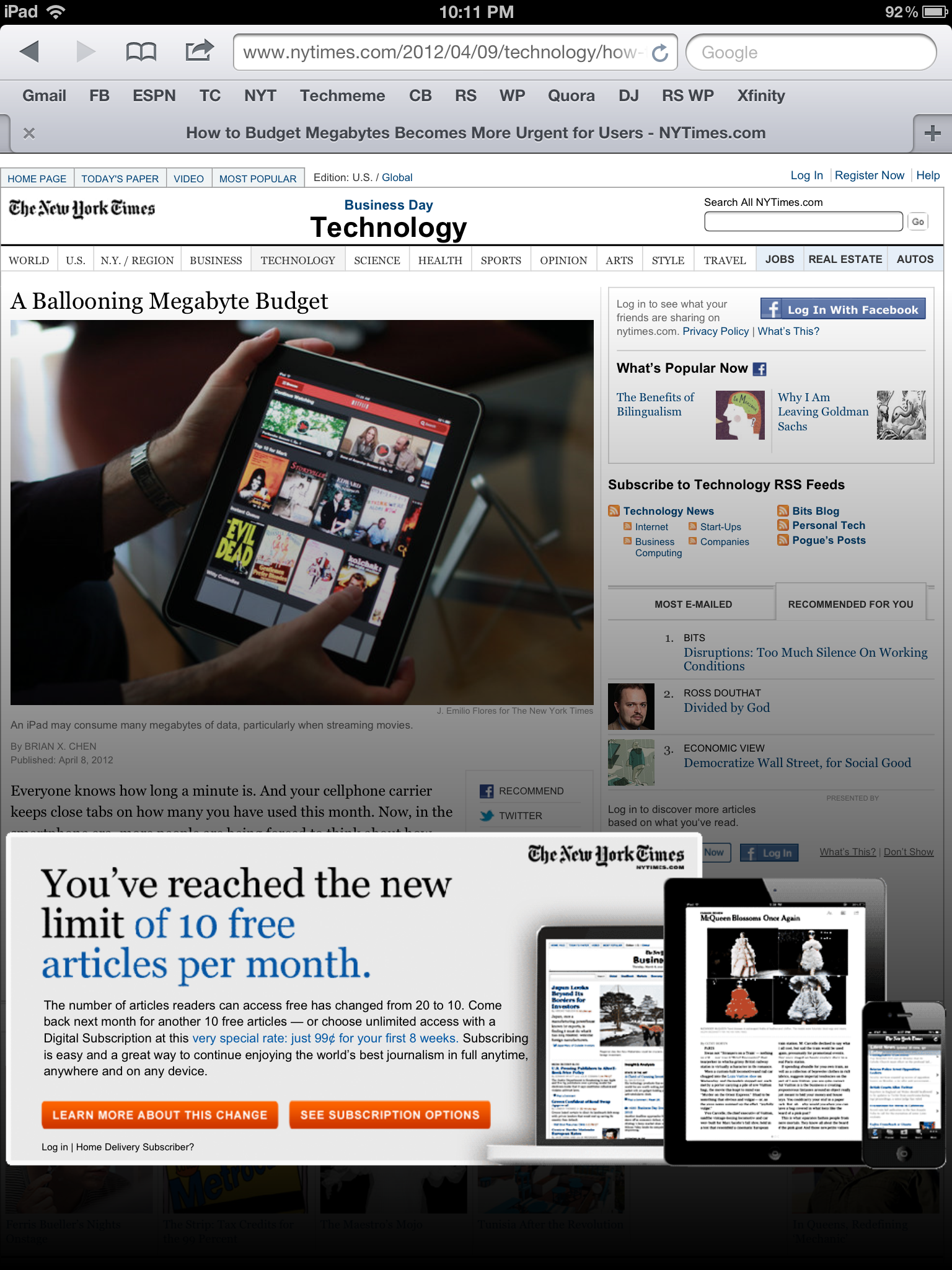
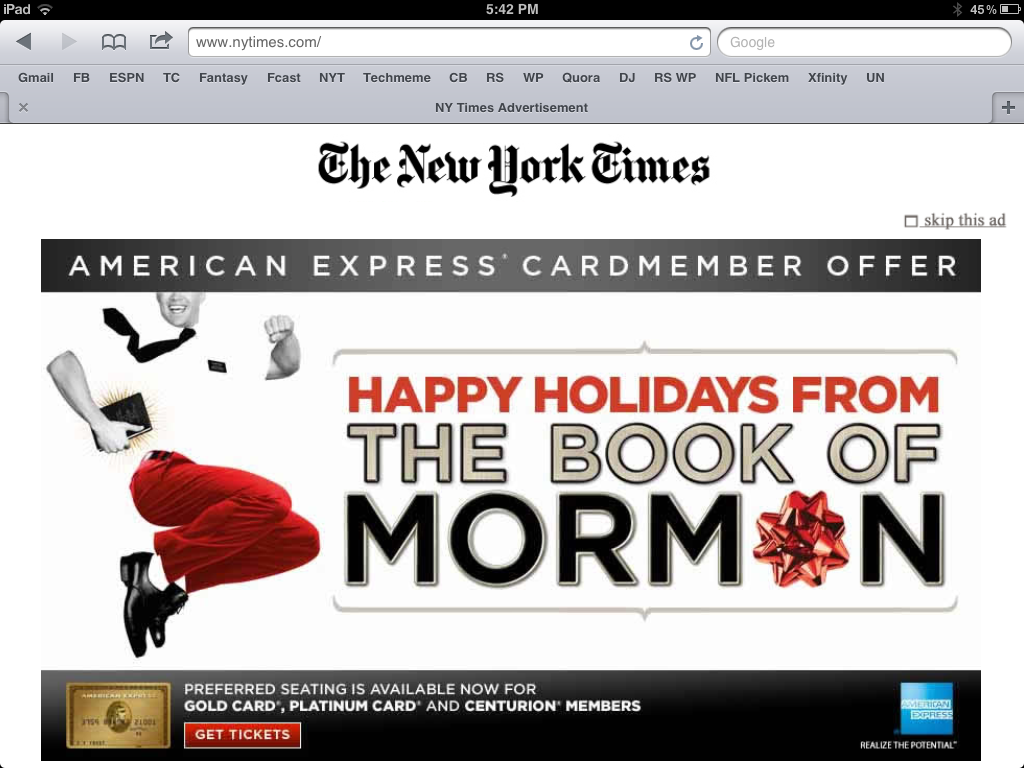
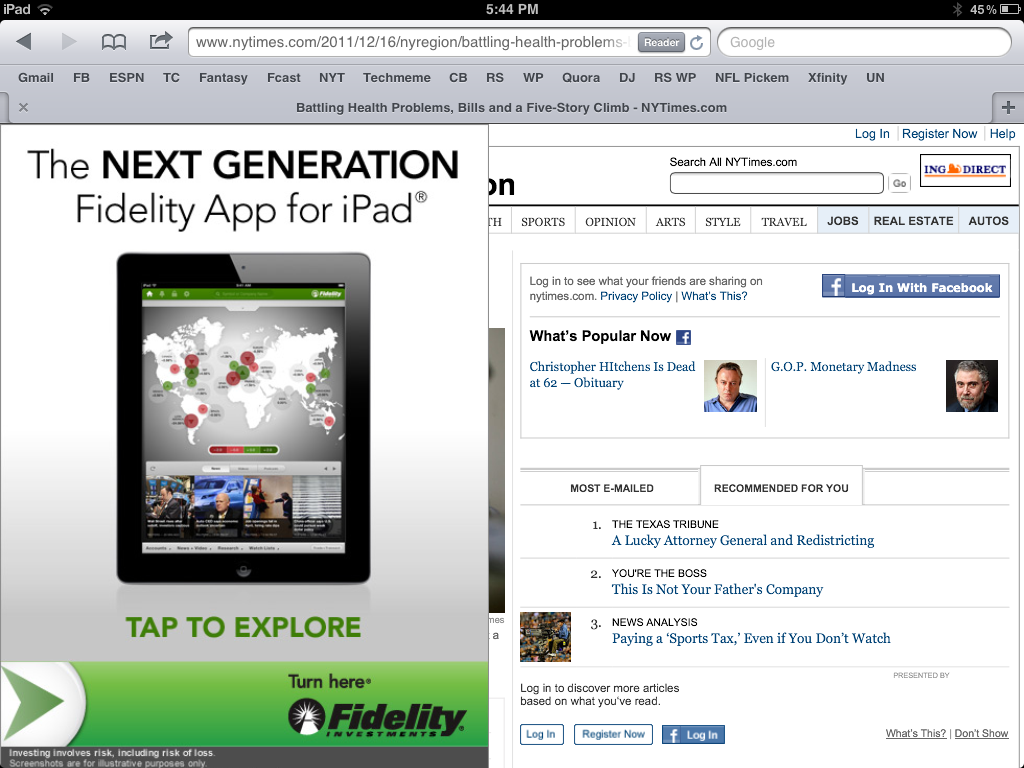

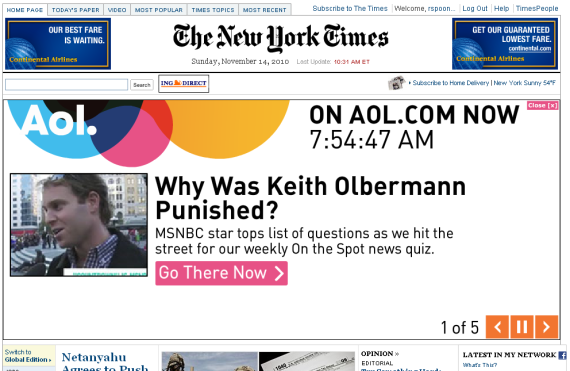
 The article describes various signs of activity:
- events: New York Tech Meet Up
- companies: Foursquare, Vimeo, Hot Potato
- investors:
The article describes various signs of activity:
- events: New York Tech Meet Up
- companies: Foursquare, Vimeo, Hot Potato
- investors: 
